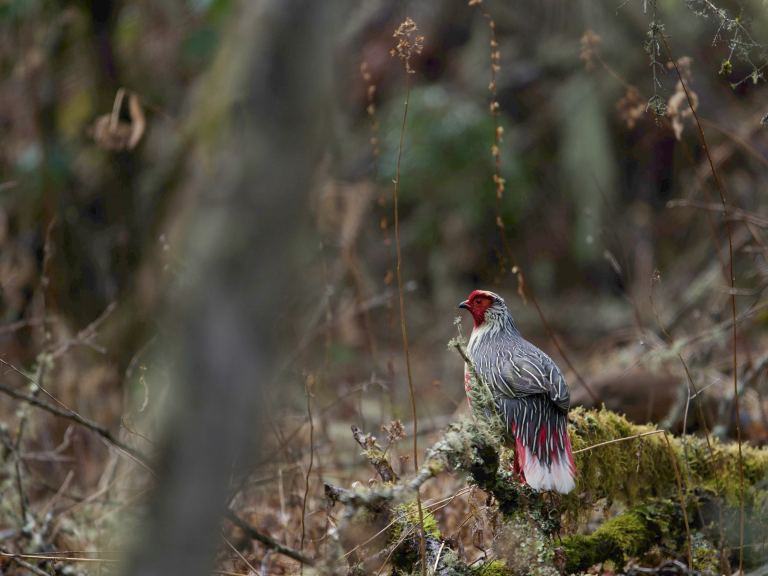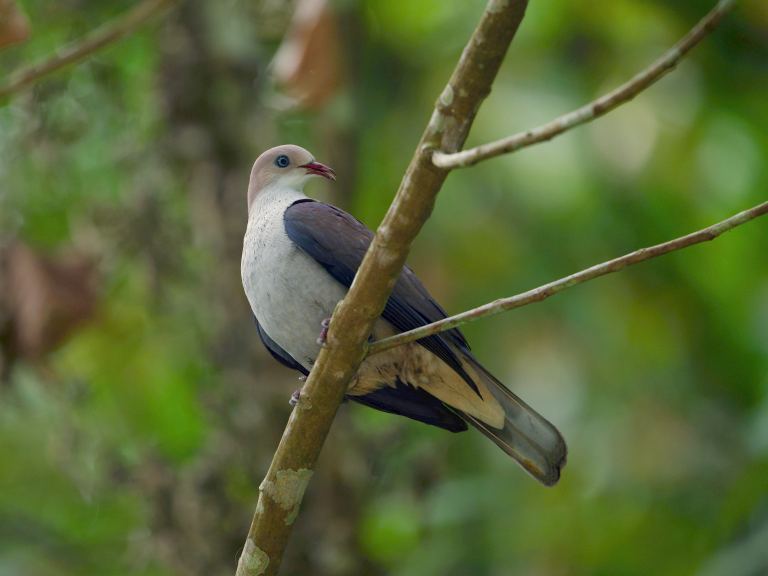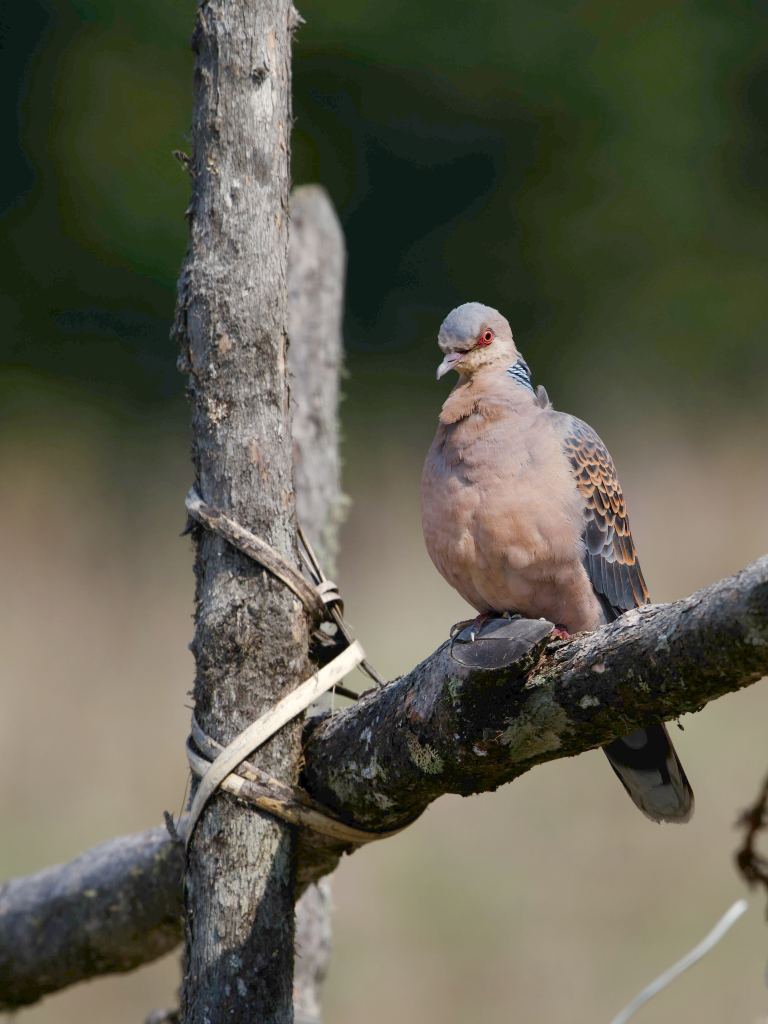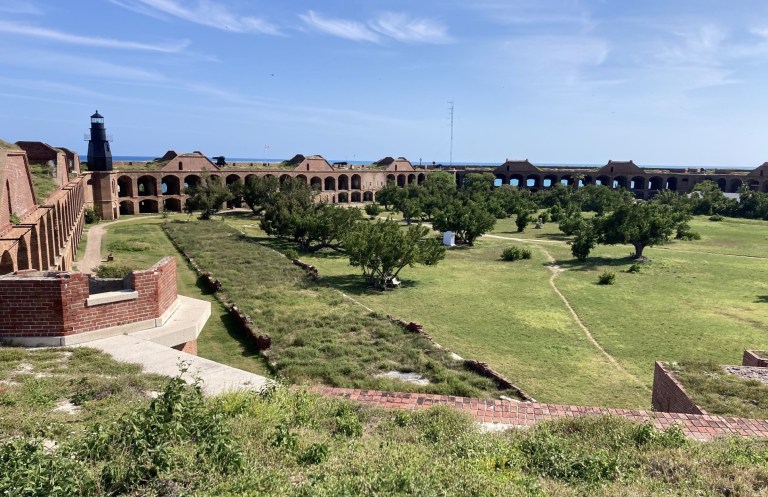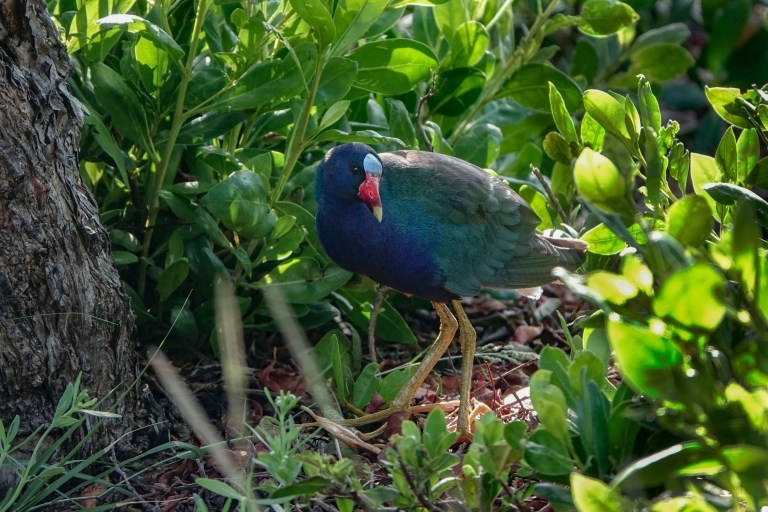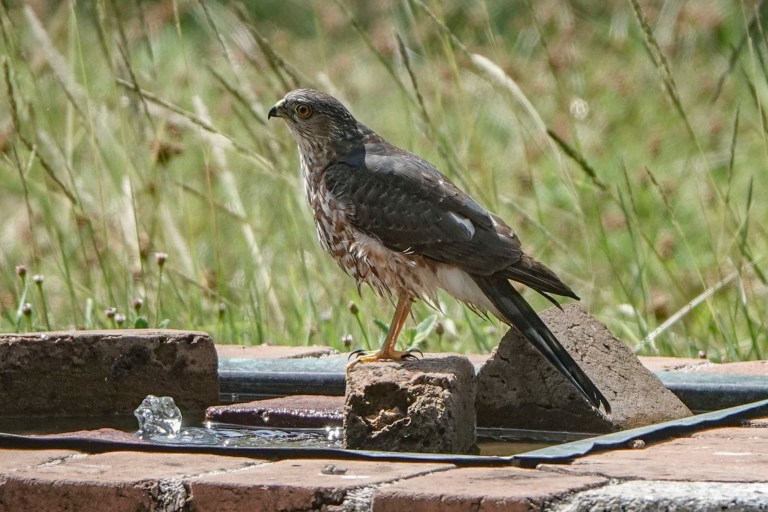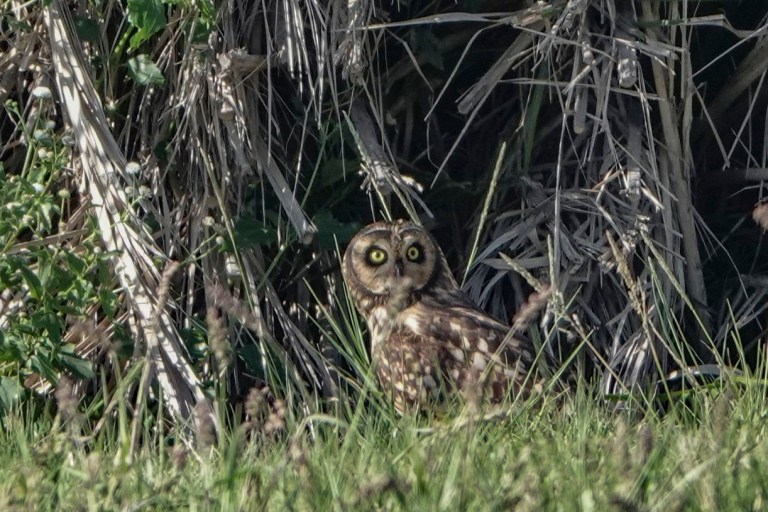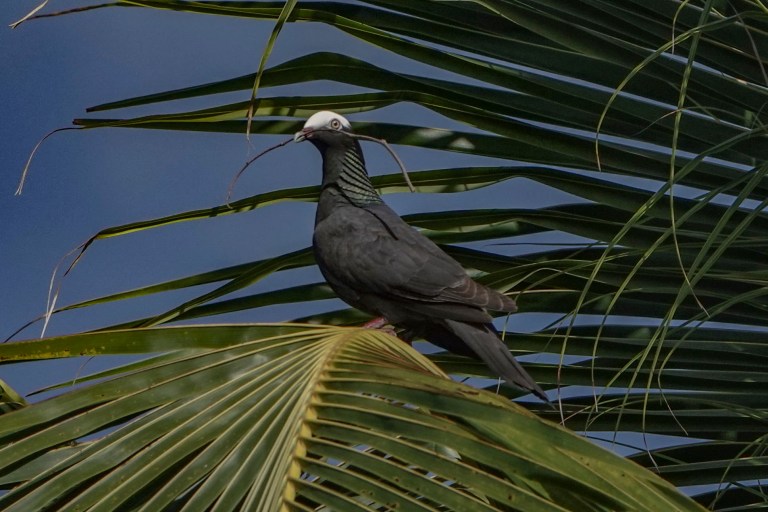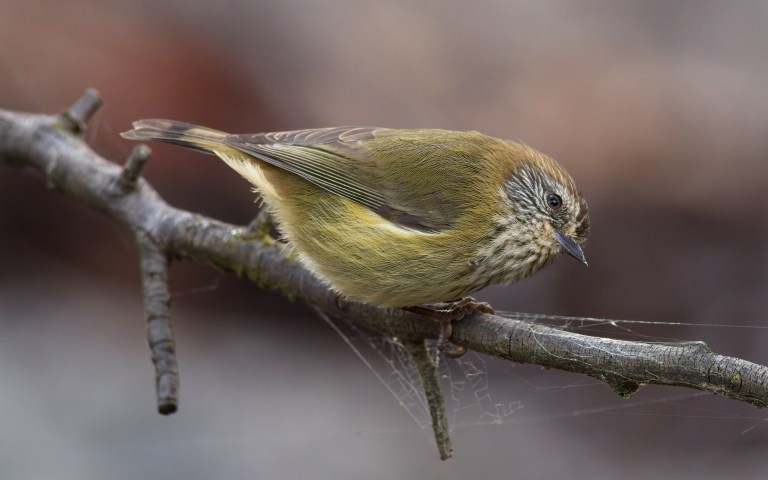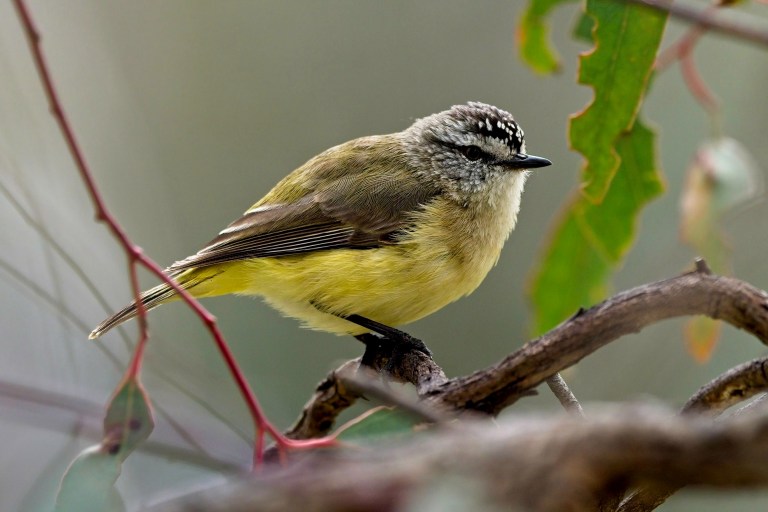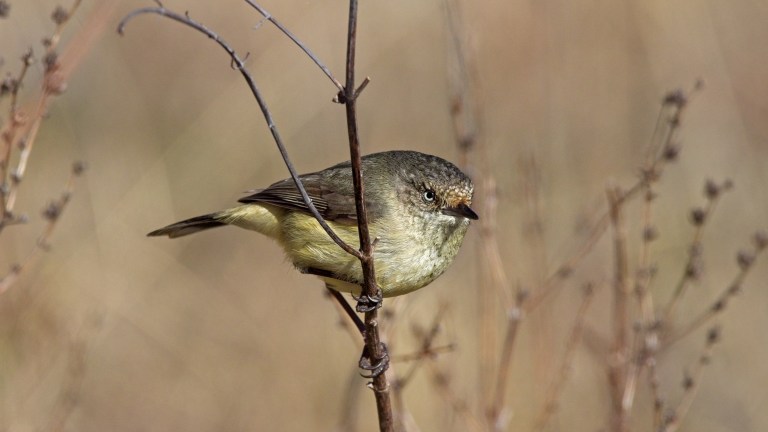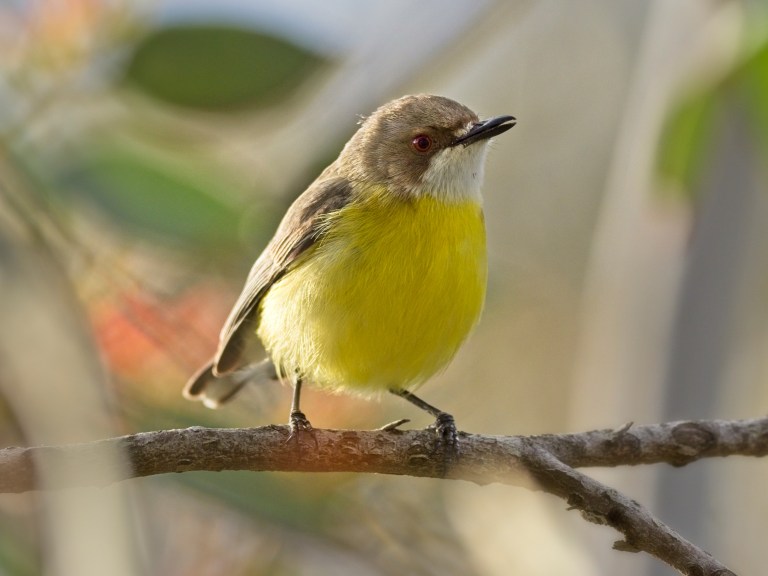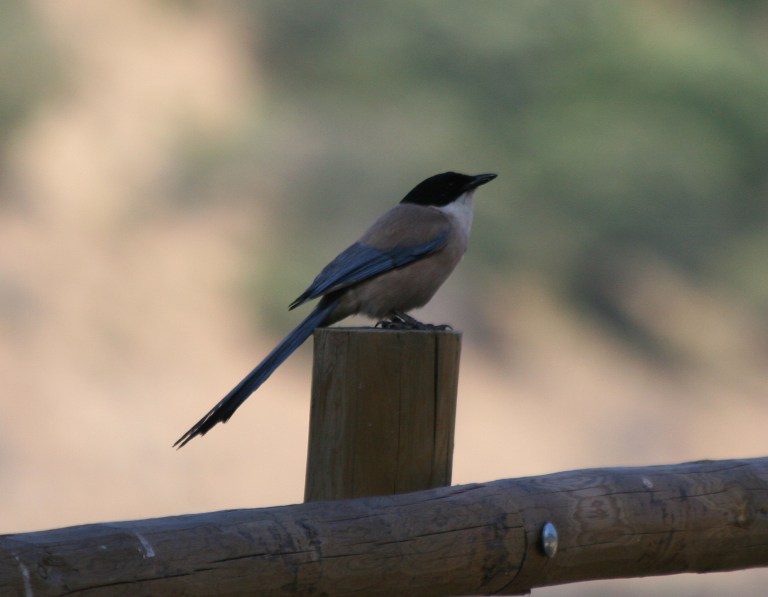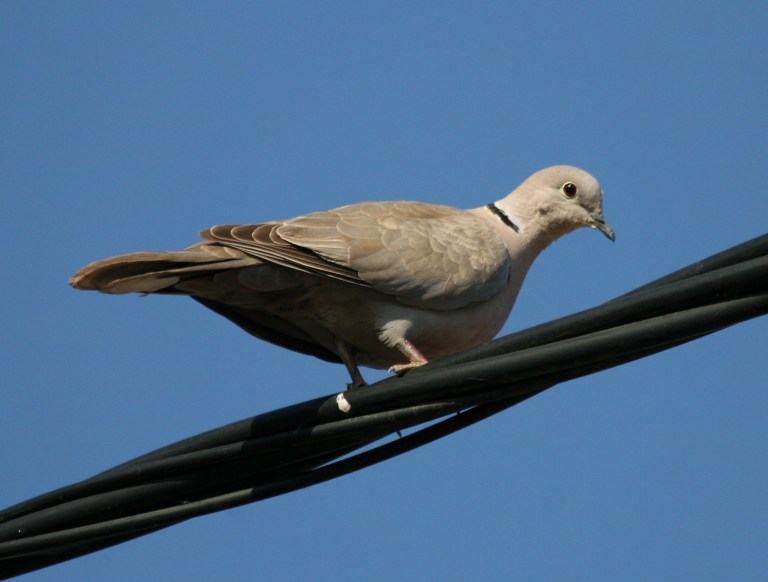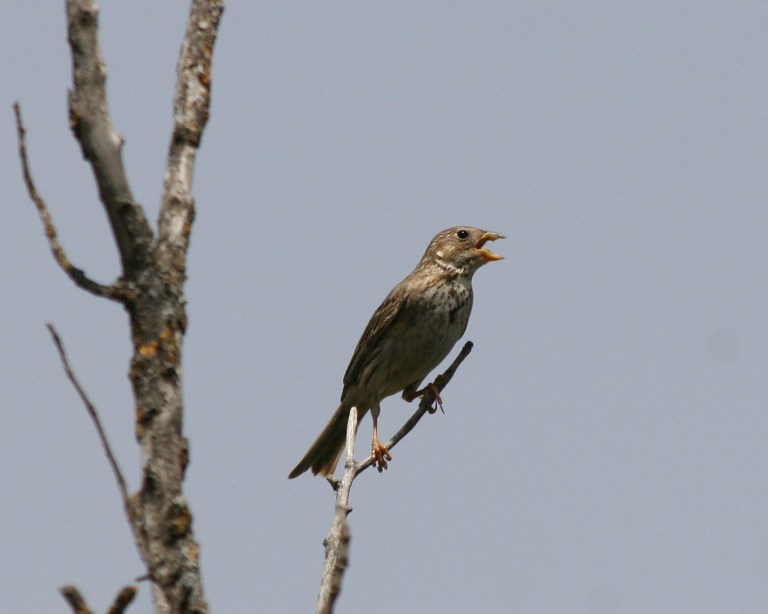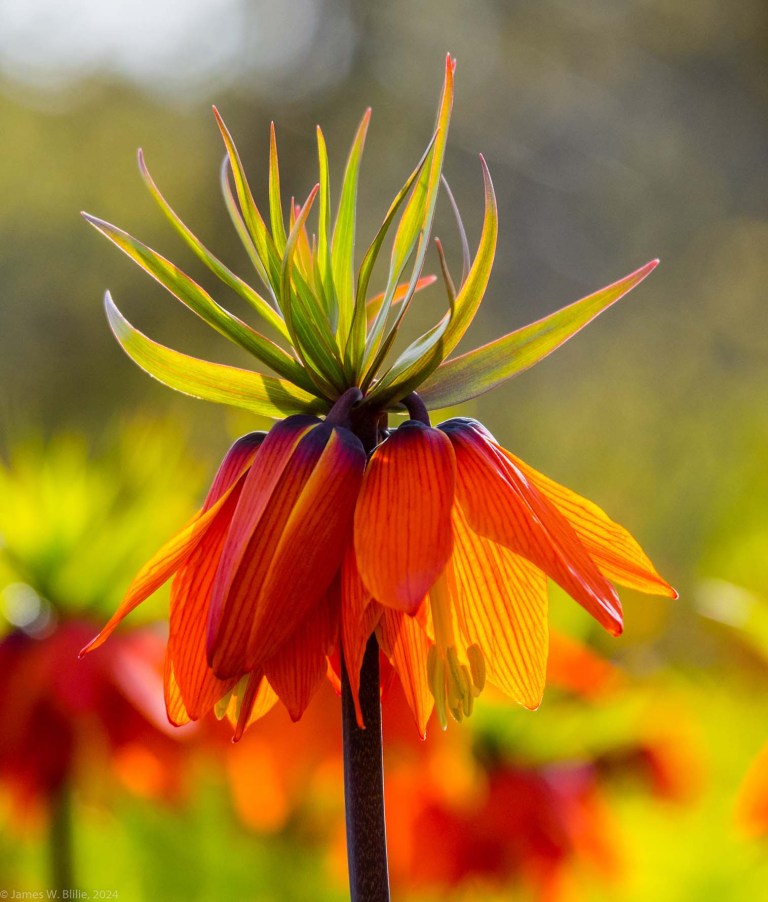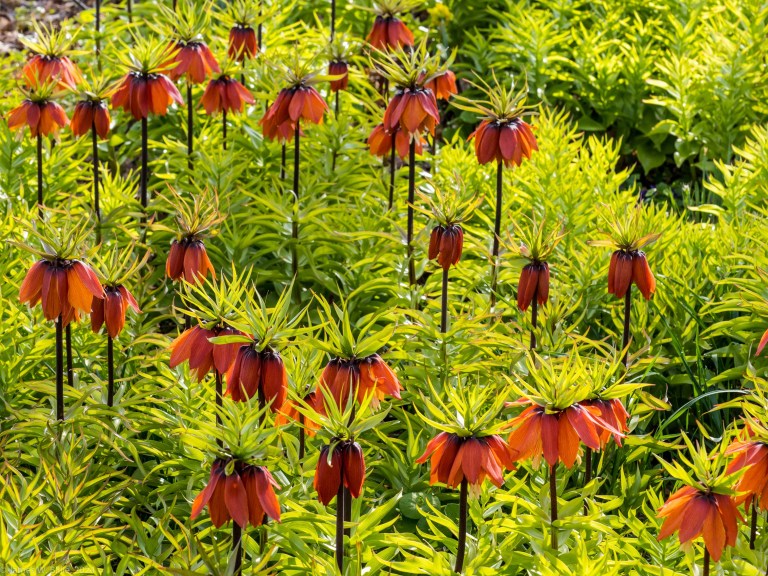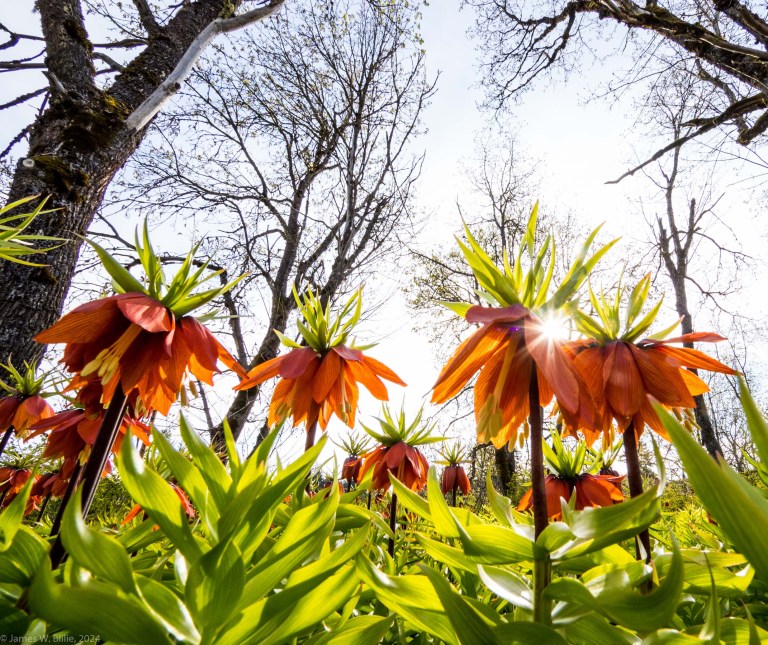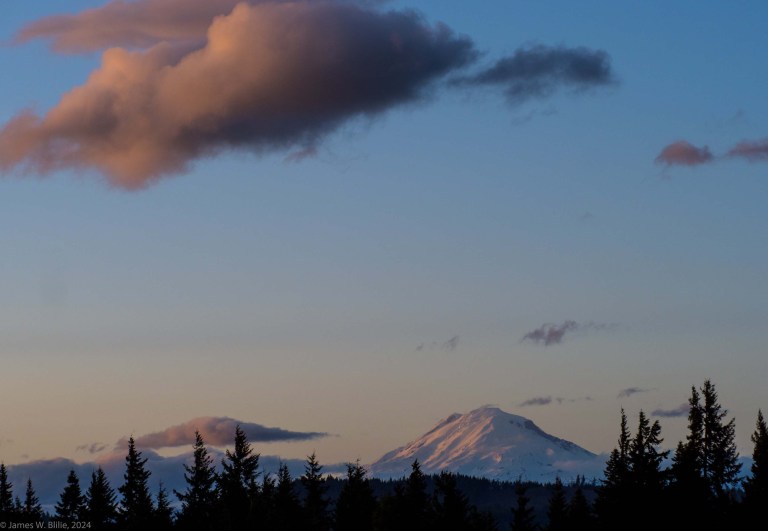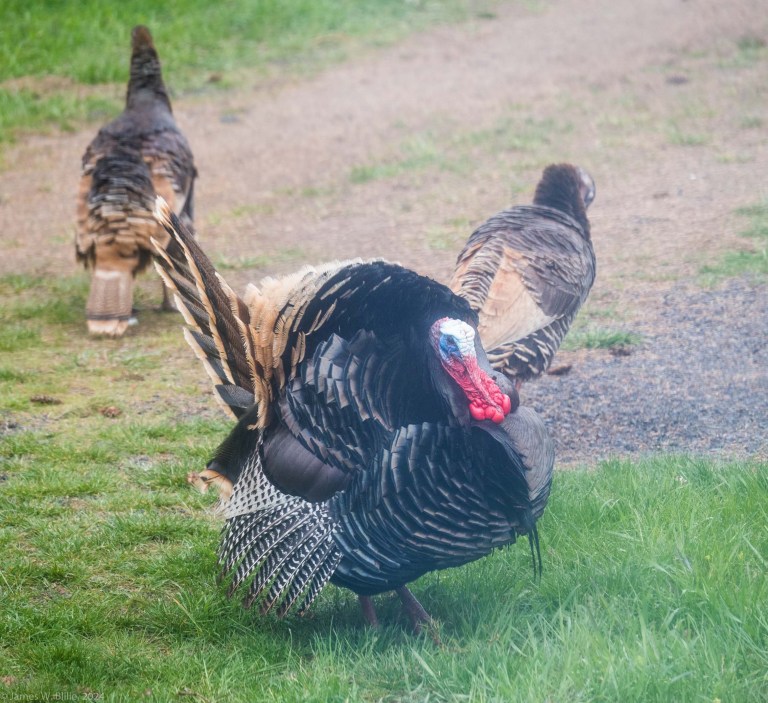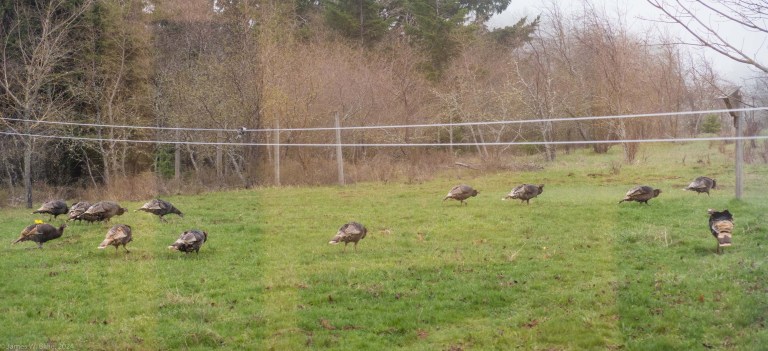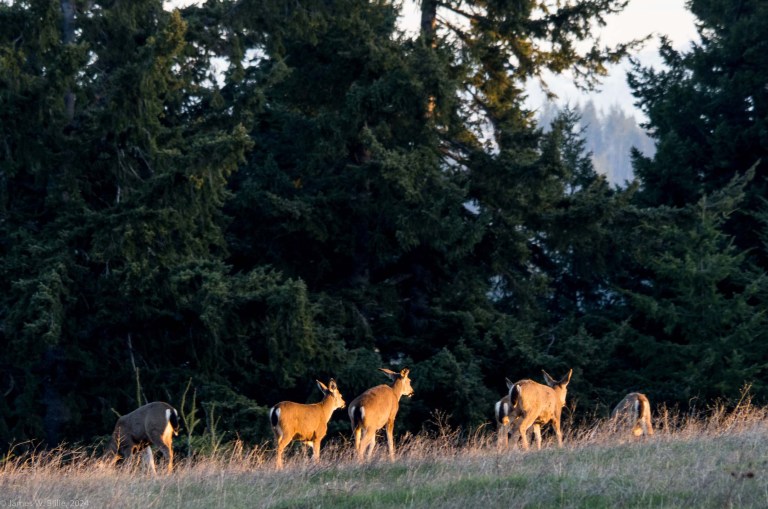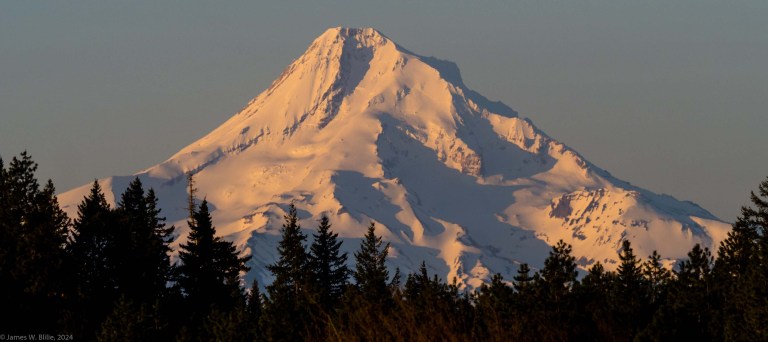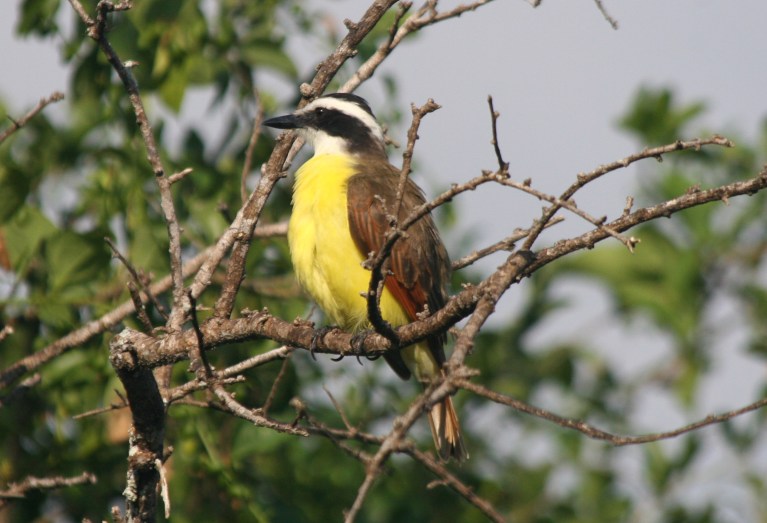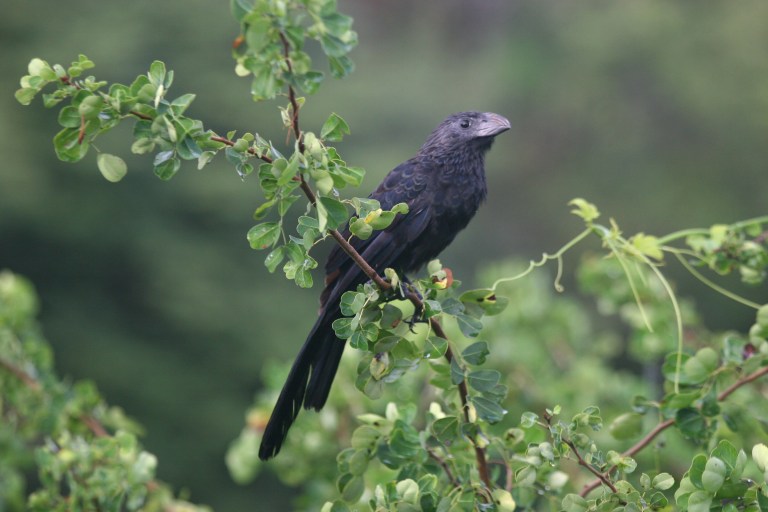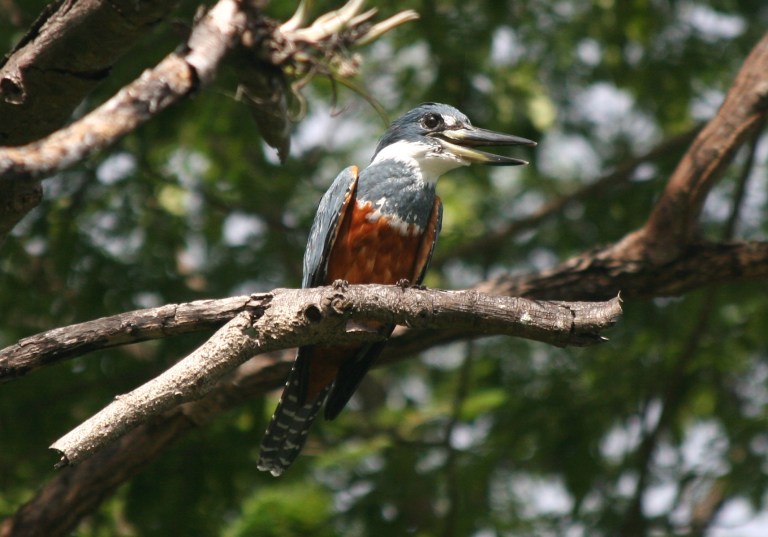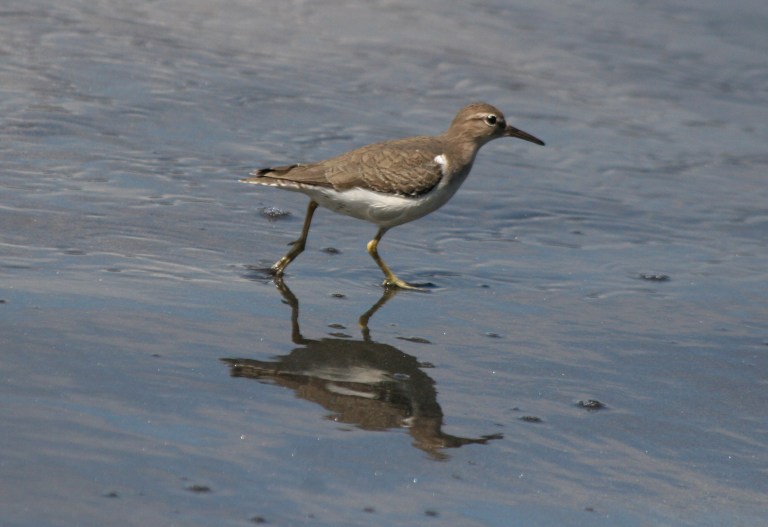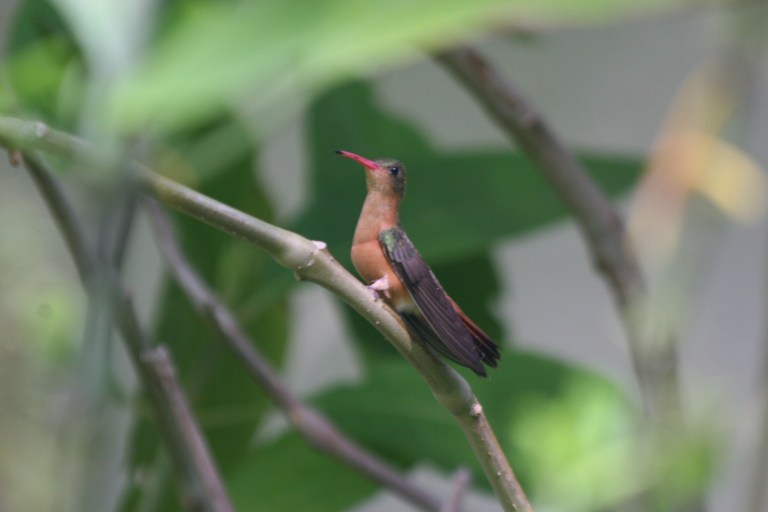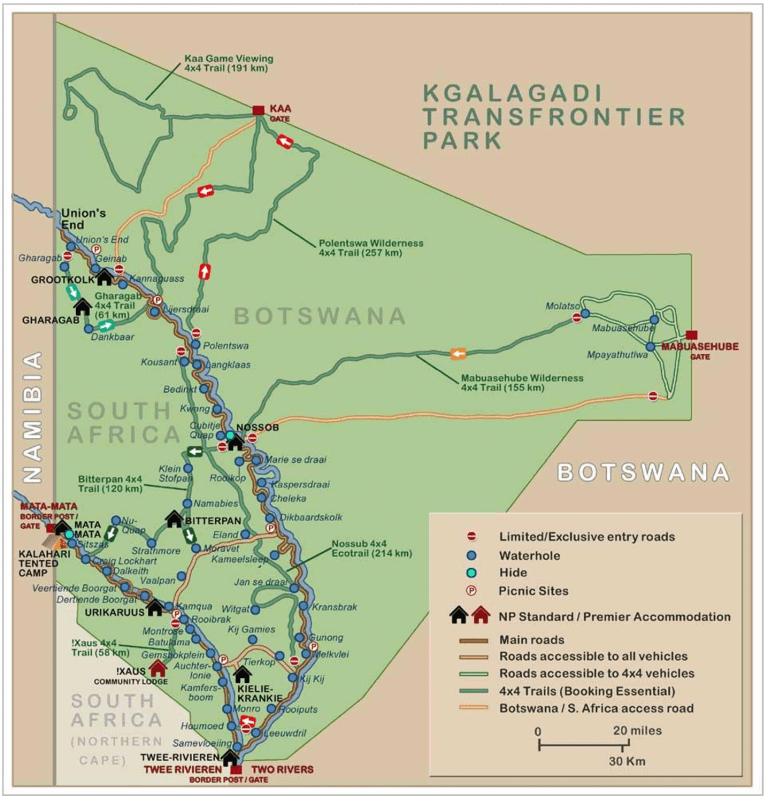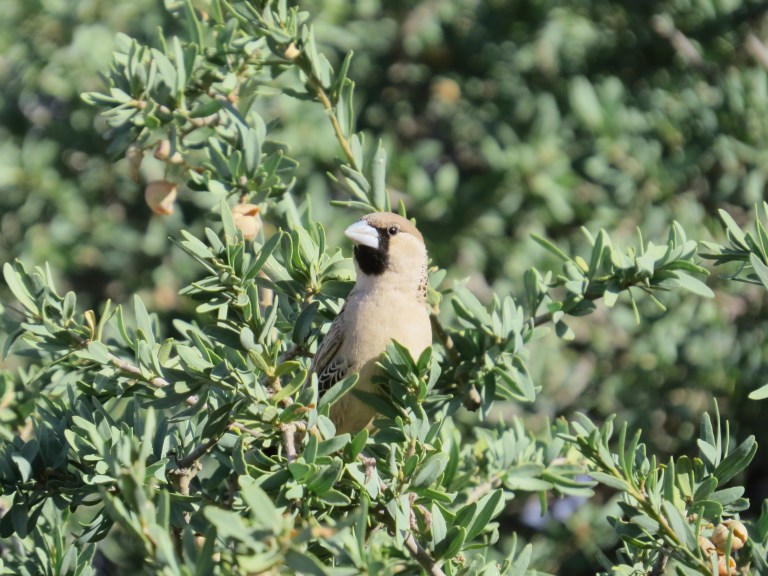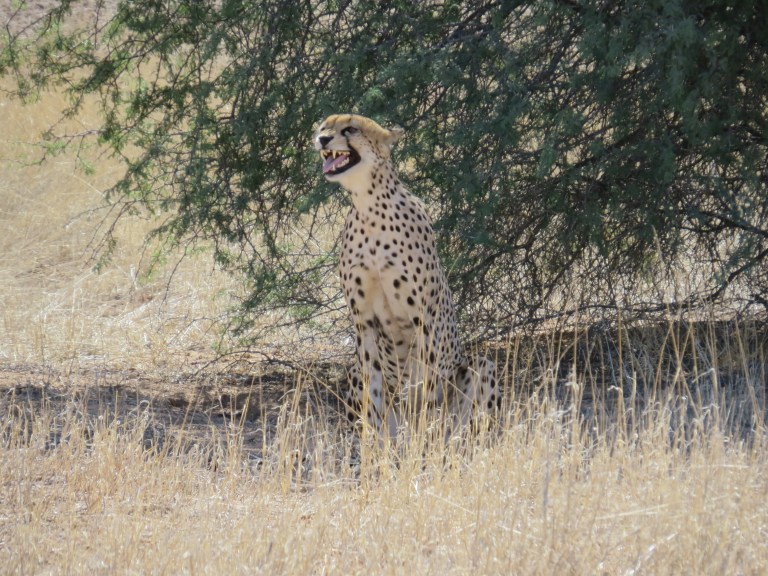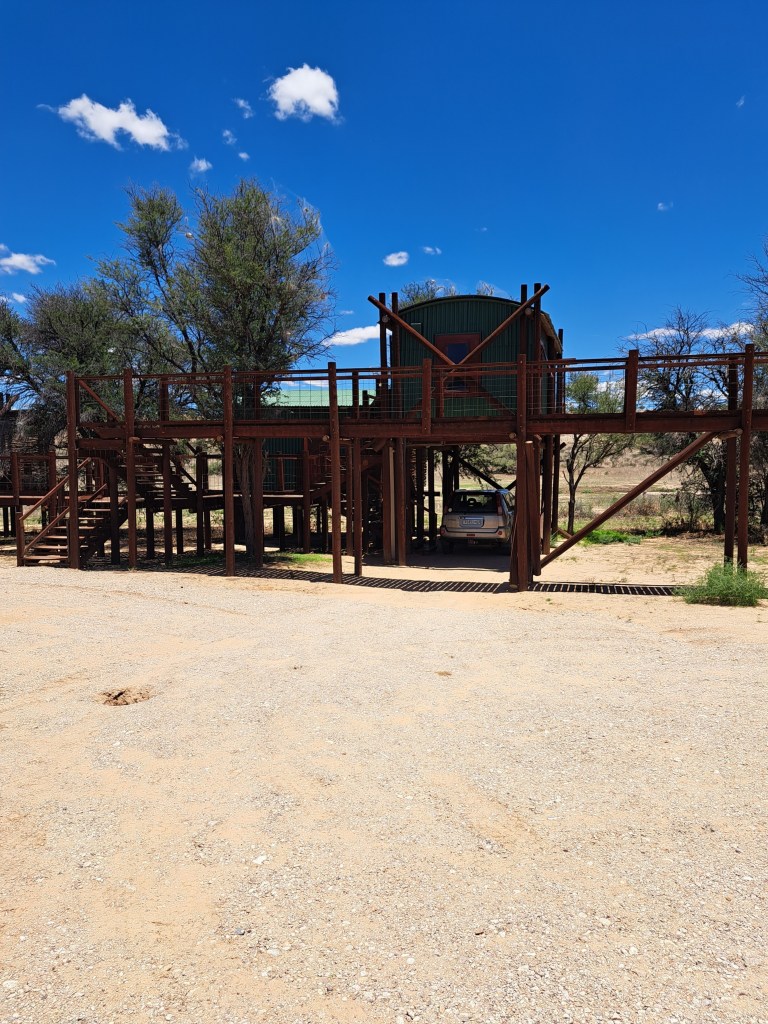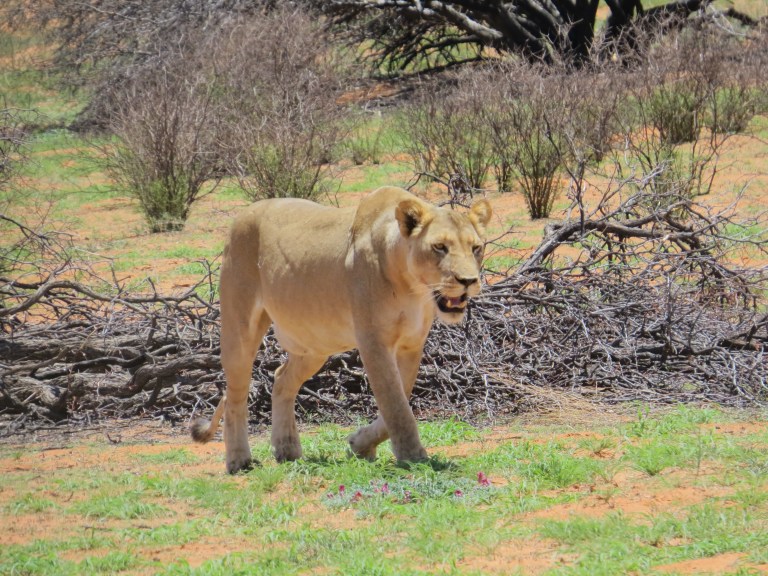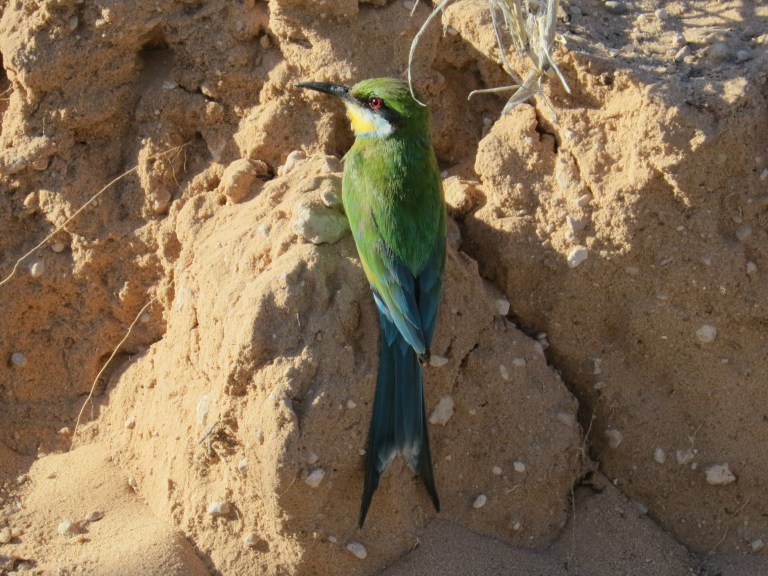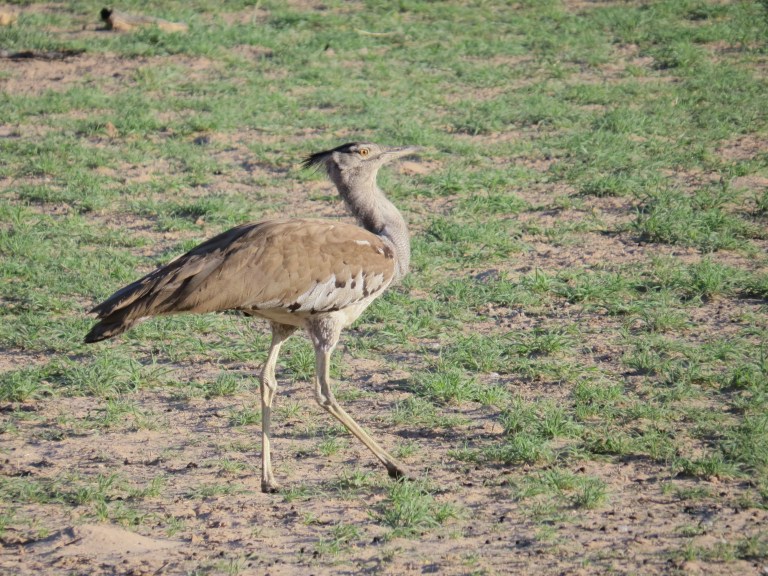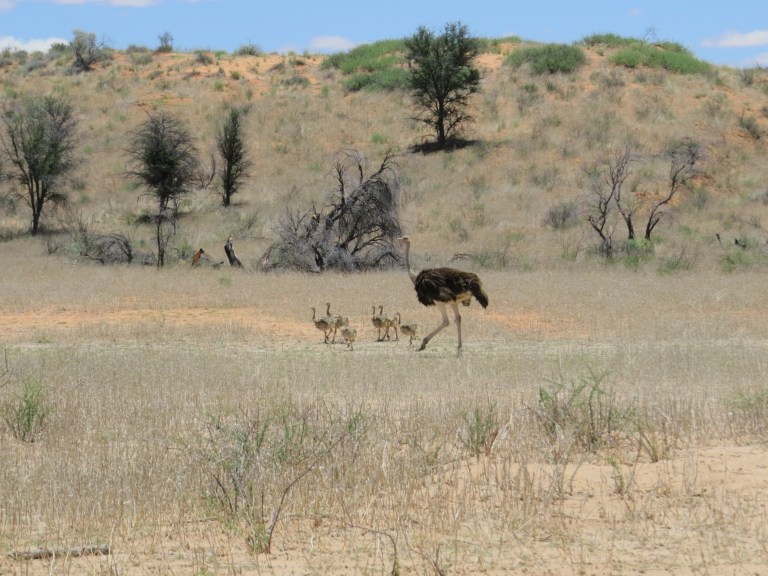Our photo tank is running low, so while I’m gone for the next week you might consider putting together a batch of photos for posting here. Thanks!
Here is part 2 of Ephraim Heller’s survey of the birds of Bhutan (part 1, with an introduction, is here). His captions and IDs are indented, and you can enlarge the photos by clicking on them.
Here is installment #2 of photos from my April 2024 birding tour of Bhutan. We begin with a photo of the Paro valley, including the Paro dzong. Paro is the site of Bhutan’s only international airport, as it is the only valley near the capital of Thimpu wide and flat enough for commercial passenger jets. Consequently, most international visitors enter Bhutan here.
Today I post my photos of Phasianidae (pheasants, grouse, and allies) and Columbidae (pigeons and doves). Descriptions of the species below are taken from Wikipedia.
Blood Pheasant (Ithaginis cruentus) male and female. Blood pheasants live in the mountains of Bhutan, Nepal, Sikkim, northern Myanmar, Tibet and central and south-central China, where they prefer coniferous or mixed forests and scrub areas near the snowline. They move their range depending on the season, and are found at higher elevations during the summer. With snow increasing in fall and winter, they move to lower elevations.
Male:
Female:
An Himalayan Monal (Lophophorus impejanus) female. These are native to Himalayan forests and shrublands at elevations of 2,100–4,500 m (6,900–14,800 ft). It is the state bird of Nepal. The male has spectacular colors, but I was able only to photograph the female, which is darn pretty.
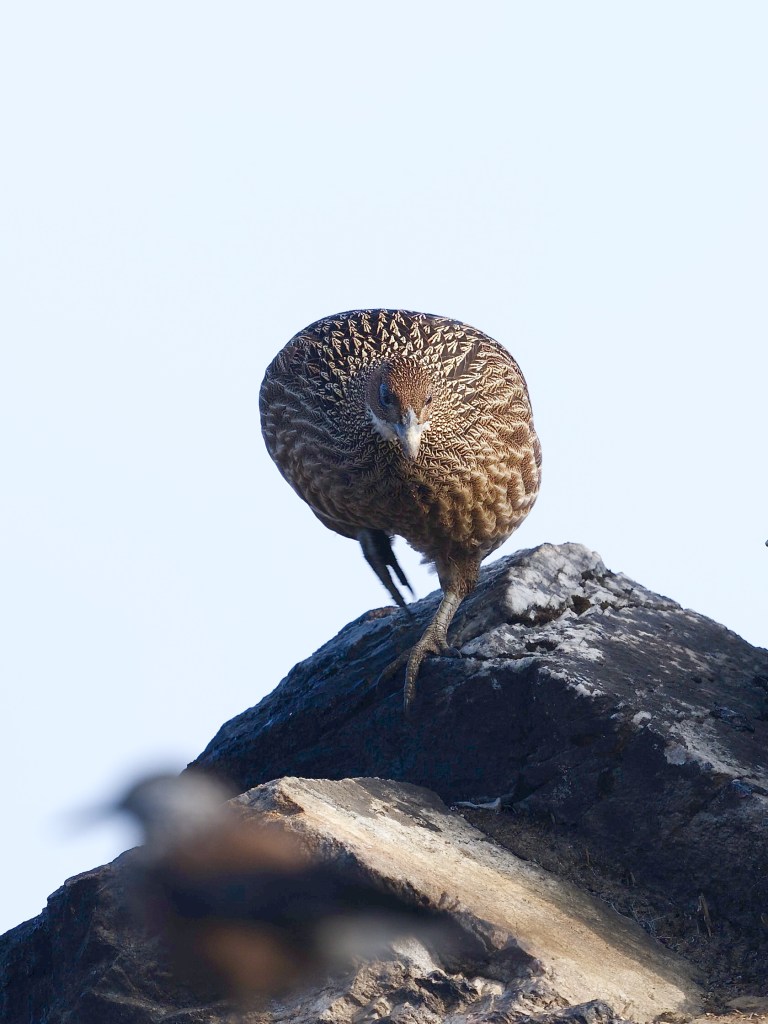
A Barred Cuckoo-Dove (Macropygia unchall):
Mountain Imperial-Pigeon (Ducula badia), Bhutan:
An Oriental Turtle-Dove (Streptopelia orientalis):
A Spotted Dove (Spilopelia chinensis). While native to Asia, the species has become established in many areas outside its native range including Hawaii, southern California, Mauritius, Australia, and New Zealand:
A Wedge-tailed Green Pigeon (Treron sphenurus):
Equipment: All animal photos were shot using a Nikon Z9 camera and Nikkor Z 400mm f/2.8 TC VR S lens. Landscape and architectural photos were shot either with a Nikon Z9 and Nikkor Z 70-200mm f/2.8 VR S lens or with an iPhone 11.
You can see more of my photos here.


